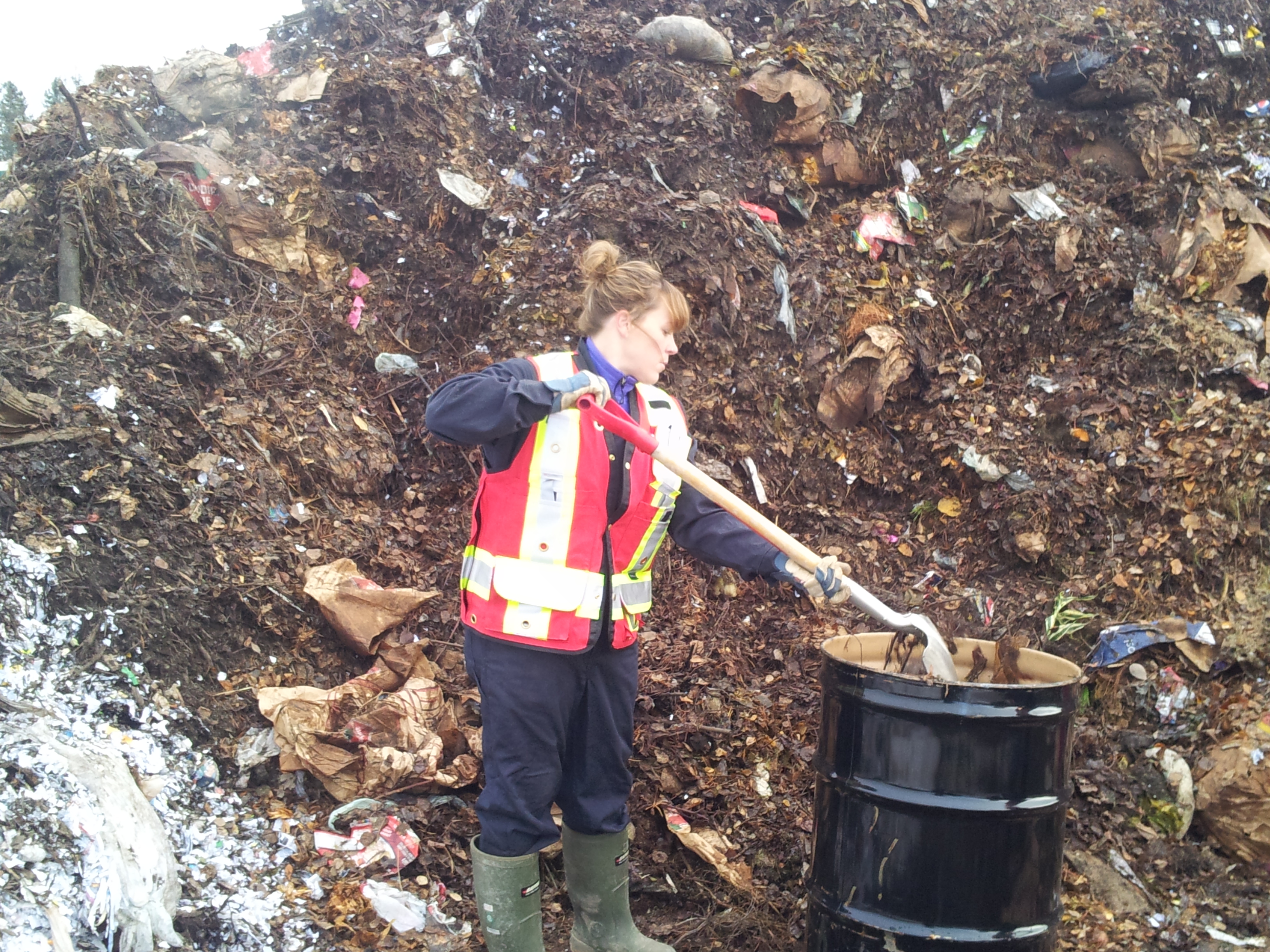Innovation Takes Patience
News, Energy Supply, Environment
Mar 20, 2015 Comment
You will likely remember that late last year, Yukon Energy and Cold Climate Innovation of the Yukon Research Centre began looking at the viability of turning food and yard waste into a renewable energy called biogas. Biogas is methane rich gas produced when organics are broken down anaerobically (without oxygen).
The research involved sending two 55-gallon drums full of food and yard waste to a lab in Saskatchewan, where a trial was done to find out how much biogas could be produced with the organics. The results indicate that our samples contained a lower level of methane than what is usually produced from food and yard waste. Biogas is normally around 60 percent methane, whereas our research samples were between 30 and 47 percent. Based on these results, we are considering doing further testing using some different variables.
We have shared our results with a number of biogas experts, who suggested several things that could be done differently in a second trial. They believe that the following actions should result in higher methane levels:
- Shred the food and yard waste before it’s tested.
- Re-consider the time of year that samples are collected. (For our trial, we gathered samples from the Whitehorse compost facility in November, when compost contained high levels of leaves and grass compared to food waste).
- Experiment with different ratios of food versus yard waste.
- Use larger sample sizes.
Generating heat and electricity from organics is an innovative idea, and innovation can take time and patience, with lots of trial and error. We still believe this alternative energy source has potential, and what we have learned in this early study will be applied in future research.
Next steps include:
- Look at getting a second set of trials done; and
- Have a preliminary design and cost estimate done for a biogas and greenhouse energy centre in Whitehorse. The idea would be to generate heat and electricity using organics from the city’s composting facility and use the energy to service a greenhouse or other on-site facility.
Comments
Be the first to comment